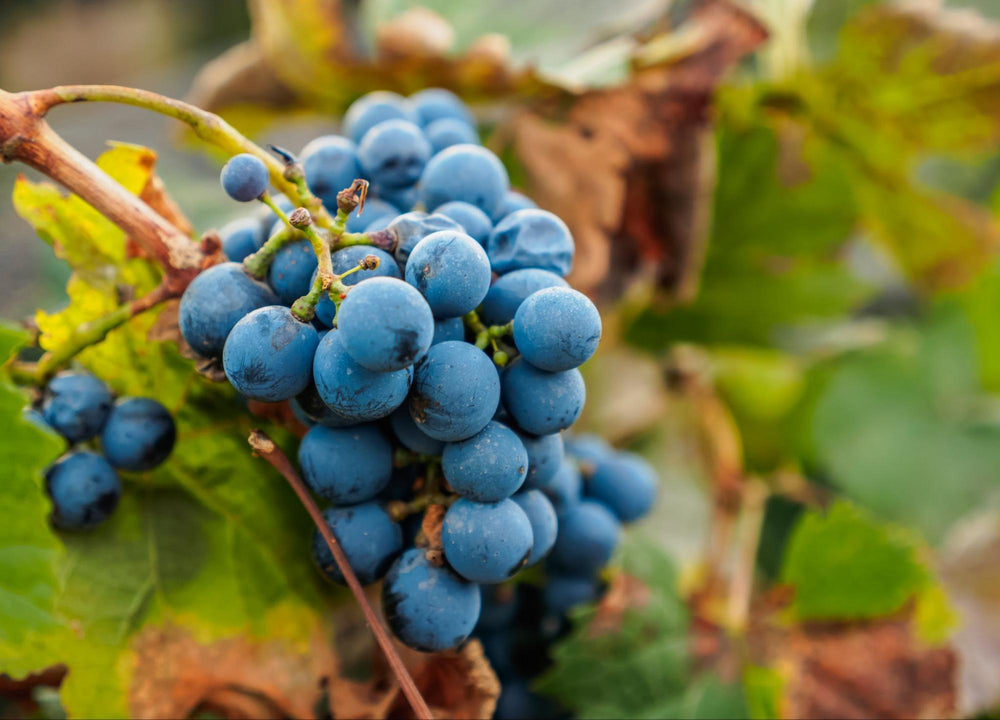Why Single-Serve Wine Is Sustainable Wine

Here’s a scenario we’ve all dealt with — at the end of a long, fun night, you realize that you forgot to put a stopper in the half-full wine bottle. No problem, you think, and pop it in the fridge.
In a few days, that delicious vino will sour, and you’ll pour it down the sink, not thinking much of it. Unfortunately, this phenomenon is so regular that it leads to millions of perfectly good grapes going to waste each year.
This isn’t just an issue of losing your hard-earned cash; when you take the environmental costs of harvesting, shipping, and storage into account, it’s a systemic problem of sustainability.
Fortunately, there are simple practices we can implement to make wine waste a thing of the past.
Let’s learn everything there is to know about wine waste and discover how Wine Connoisseur is re-designing the wine buying process to make it sustainable and safe.
How Much Wine Do We Waste?
While American wine waste statistics are hard to come by, we can get a rough idea of our habits by looking to our (generally more sustainable) neighbors across the pond, the Brits.
In 2016, the most recent year with sustainability statistics, the average UK household tossed two glasses of wine down the drain each week! That’s over a bottle of wine a month or an entire case per year.
Considering Americans are generally quite a bit less sustainable than our European brethren, this estimate is likely on the conservative side for our usage. Now, for the full effect, let’s put this estimate into perspective.
Given there are over 120 million households in America, this means that we waste nearly 500 million gallons of wine a year.
If you needed a scary visual to go along with that fact, that’s like watching a stacked cargo ship of mouthwatering vino sink into the sea… every day!

Glass Recycling in the Wine Industry
One material that’s practically synonymous with the winemaking process is ripe for recycling — glass.
Paper and most metals degrade each time you recycle them. In other words, there’s a finite number of times you’re able to recycle these materials before they collapse entirely.
On the other hand, glass refuses to degrade no matter if it’s your 4th or 40th time recycling the material.
About a third of our glass in the US comes from recycled materials, though this figure varies widely from state to state. For instance, inhabitants of the Western states typically recycle at much higher rates than those in the Midwest and on the East coast.
This could be due to a multitude of reasons, though certainly, a large factor is the influence of local deposit programs.
States such as Oregon institute a dime tax on glass beverage containers. This means buyers pay a small premium each time they purchase a glass bottle. However, the state counteracts this tax by offering a ten-cent reward for any citizen who returns a glass bottle to a recycling plant.
What effect does this set of incentives have on their recycling rates? A pretty significant one.
The state recycles nearly 80% of its glass, one of the highest rates in the entire country! By comparison, Washington state never instituted a similar program, and their citizens only recycle around 35-40% of their glass, a rate less than half that of their neighbors to the south.
So, if you’ve ever seen a glass bottle in the trash can, you should probably pop it over in the recycling bin to supply the next generation of wine bottles.
That said, there’s perhaps no more significant change you can make to your overall wine waste than investing in a single-serve wine dispenser like the Wine Connoisseur.

The Science of Single-Serve
When drinking traditional bottled or boxed wine, consumers often leave the wine exposed to oxygen for extended periods of time. This accelerates the spoilage process and often leaves a great deal of wine soured before it’s consumed.
By contrast, a single-serve wine dispenser aerates wine by the glass. Not only does this result in a better sipping experience due to the optimal serving conditions, but it also preserves the integrity of the wine. How?
A single-serve approach ensures you never serve more than you’re ready to sip.
With convenient wine sachets as featured in our Wine Nut collection, the Wine Connoisseur minimizes wine waste and maximizes flavor.
But wait, aren’t single-use plastics the enemy of sustainability?
Indeed, they are. But our wine sachets are far from single-use.

The Benefits of TerraCycle Recycling
As a demonstration of our commitment to truly sustainable and guilt-free wine, we’ve partnered with TerraCycle to ensure our wine sachets have a second, third, and even twentieth lifecycle.
TerraCycle isn’t your typical curbside recycler. They are a specialty recycler that develops sustainable recycling solutions for waste products that often aren’t curbside recyclable.
Indeed, local recycling regulations are determined by whether your local recycling municipality can make a profit by recycling it. There are many costs that go into running a recycling program, including:
- Collecting and processing waste
- Storing already recycled materials
- Finding buyers to take recycled materials away
If revenues don’t exceed costs, then a recycling unit simply won’t accept certain types of waste.
That’s where TerraCycle steps in. They’ll accept all expended Wine Connoisseur sachets and ensure those plastics get a second life.
It’s a simple, three-step process:
- Enjoy your delicious wine sachets with the Wine Connoisseur
- Box up your used wine sachets, ensuring they’re fully dry before shipping.
- Sign up here to download a free shipping label and ship your used sachets to TerraCycle.
If the program is full, you’ll be added to the waitlist. Simply hang on to your sachets and send them in once it’s your turn.
Best of all, you don’t have to wash your packaging before sending it in. However, we do encourage you to wait to ship until your box is jam-packed with empty Wine Connoisseur sachets in order to cut down on your carbon footprint.
Of course, make sure your items are fully dry before packing them away. A wet and dripping package can render an entire shipment unusable, and TerraCycle doesn’t accept damaged packaging for recycling.
This recycling program is brand-specific, so you’re only able to recycle Wine Connoisseur packaging through our TerraCycle program.

Become Truly Sustainable With Single-Serve
If you care about cutting back on your waste, there are dozens of sustainable practices you can implement in your daily life to reduce, reuse, and recycle.
However, you can make no greater sustainable change than investing in a single-serve wine dispenser like the Wine Connoisseur.
At the push of a button, this personal sommelier system chills and aerates your favorite varietal to its optimal serving conditions. This ensures you not only enjoy every sip but that you make use of every last drop.
To learn more about why you should look towards a personal sommelier system, browse our blog to discover articles exploring the benefits of investing in a wine dispenser and top tips for serving wine.



